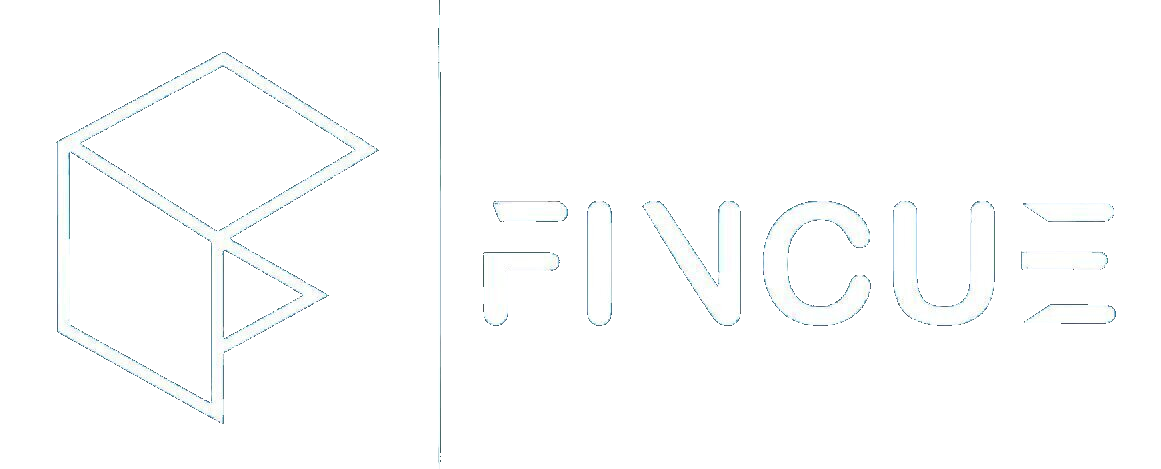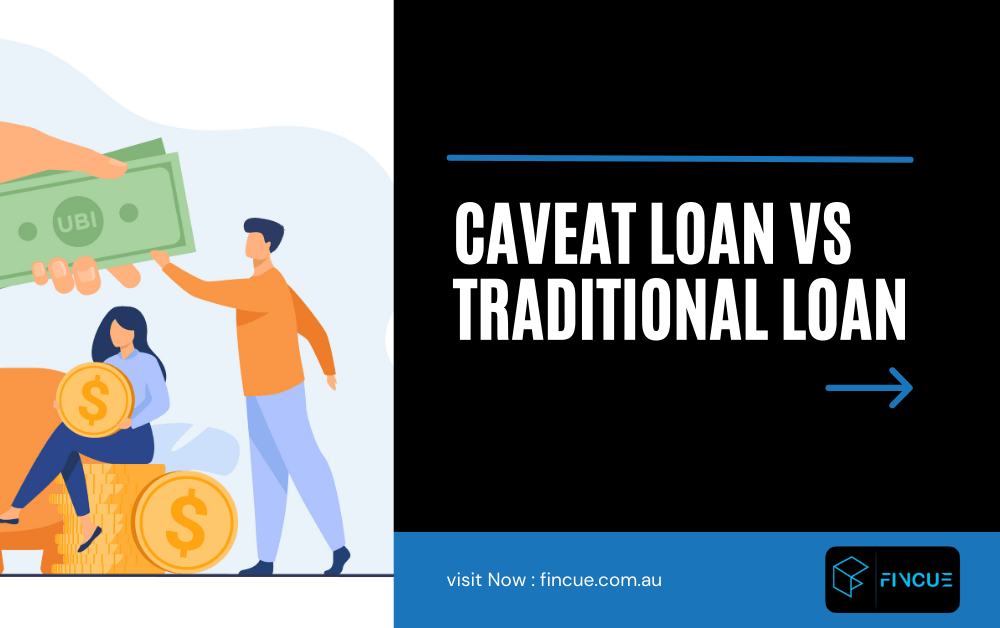

“Equipment Finance Overview: How Does It Work?
The equipment financing industry is the financial structure that gives lenders access to the capital they need to fund their loans. Lenders offer their money at a lower interest rate than a bank would charge and then make money off of the difference between what they learned and what they get back from the borrower, plus a profit margin.
Equipment finance overview leasing companies provide the upfront cost of buying the equipment and then lease the equipment back to the business over time. When the contract term expires, the equipment is sold, and the proceeds go towards paying off the loan. In short, the lender provides the funds, the equipment is leased to the borrower, and the profit goes to pay off the loan.
Equipment Finance Overview
There are many different types of equipment financing companies out there. There are banks, credit unions, online lenders, and others. Most companies specialize in certain types of equipment finance overviews or industries. You’ll find basic information on how equipment financing works, what’s involved in getting started, and what type of equipment you might be interested in.
Equipment financing-Importance
Equipment financing is an important aspect of any business. A company’s equipment is its most valuable asset; therefore, investing in it before starting a business makes sense. However, investing in equipment without knowing how much money is needed may lead to financial ruin. To prevent this, companies should ensure they have enough funds to cover their initial investment costs.
Equipment finance helps businesses save money and increase productivity. It is especially helpful for small business owners who cannot afford expensive equipment outright. Since they can borrow money, they can invest in their business without worrying about how to make the payment each month.
Equipment financing-Types
Equipment financing is a type of lending where a business borrows money for specific equipment rather than using cash to purchase that equipment. Instead of receiving a loan in exchange for equipment, the business receives a lump sum payment upfront. It then makes regular payments over a set period.
Small businesses commonly use equipment finance that needs capital, fast but don’t want to use their assets to secure the funds. Lenders provide the funding at an interest rate, which they earn based on how long the borrower pays back the loan.
To qualify for equipment financing, borrowers typically have to show strong financial performance, meet stringent credit requirements, and prove that their business plan will succeed if they receive the loans.
Additionally, lenders may require collateral in the form of equity, real estate, vehicles, or inventory, depending on the size of the loan, type of equipment, and risk profile of the business.
Loan types
Businesses often look for different types of loans when seeking out equipment financing.
Businesses often look for different types of loans when seeking out equipment financing.
A term loan is where the business takes a single loan that covers the purchase of the equipment. The loan terms are set for a fixed amount of time (usually five years), after which repayment begins. After the initial term, the lender charges the business an interest rate each year until the loan expires. Once the loan is paid off, the lender collects any remaining debt as a profit.
Conclusion
Taking everything into account, it is vital to get development credits rapidly. This will assist you with taking care of your expenses and staying away from any exorbitant difficulties. Make certain to investigate the best moneylenders. Look at rates prior to getting credit. In the first place, plan a gathering with a credit expert to get everything rolling on the cycle. Besides, find a legitimate loan specialist that will furnish you with the well-being rates and terms. At last, consistently counsel you and your financial plan.







































